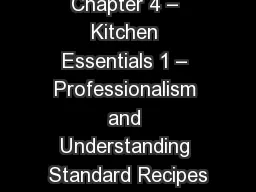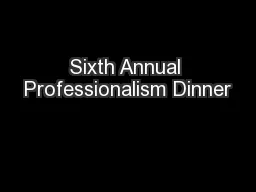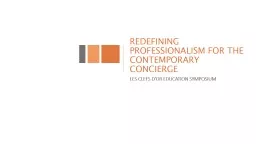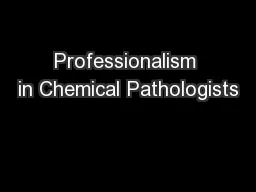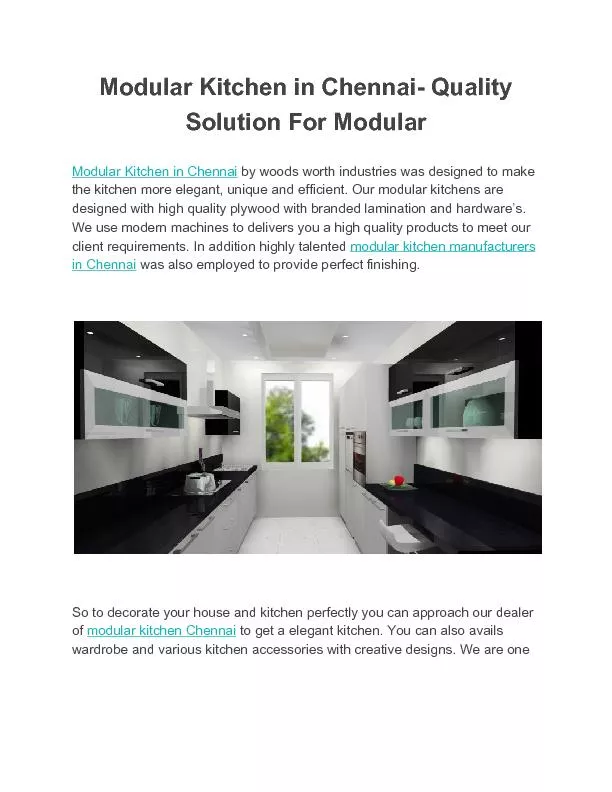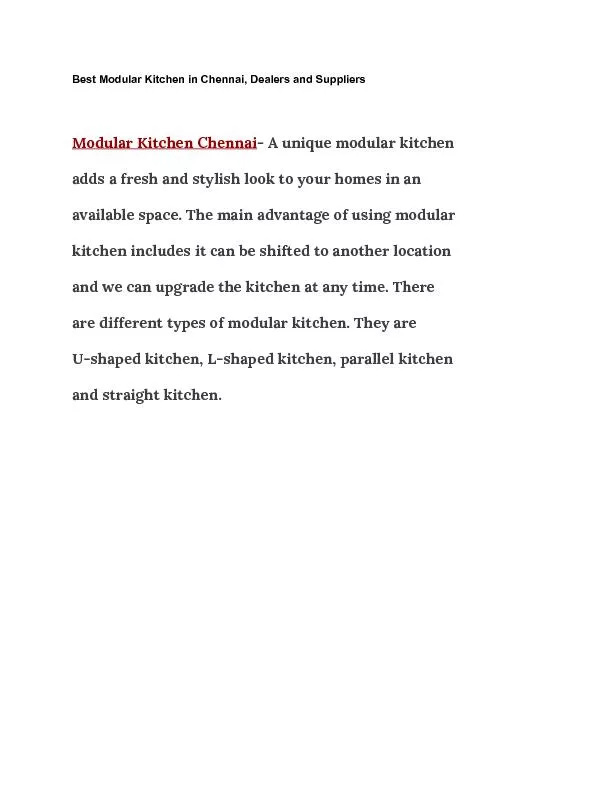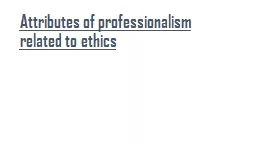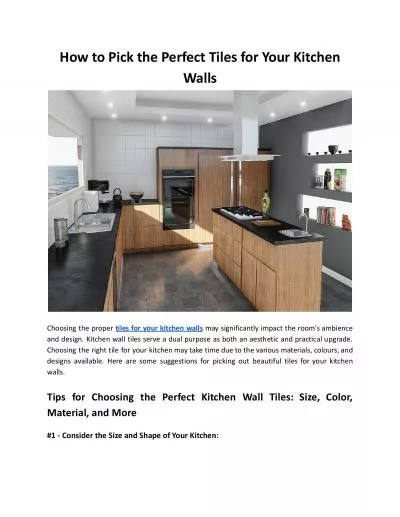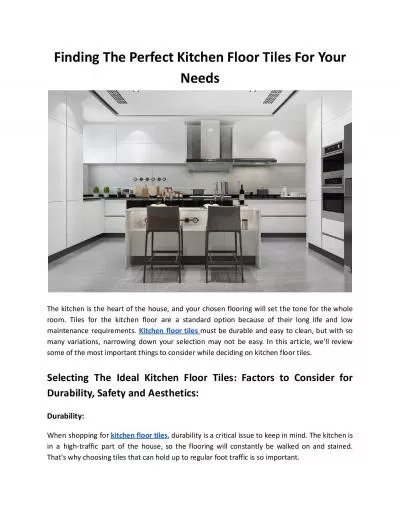PPT-Chapter 4 – Kitchen Essentials 1 – Professionalism and Understanding Standard Recipes
Author : mitsue-stanley | Published Date : 2018-11-21
Part Two Using Standardized Recipes Introduction A recipe is one of the most versatile and hardworking tools in the professional kitchen The ability to read a
Presentation Embed Code
Download Presentation
Download Presentation The PPT/PDF document "Chapter 4 – Kitchen Essentials 1 – P..." is the property of its rightful owner. Permission is granted to download and print the materials on this website for personal, non-commercial use only, and to display it on your personal computer provided you do not modify the materials and that you retain all copyright notices contained in the materials. By downloading content from our website, you accept the terms of this agreement.
Chapter 4 – Kitchen Essentials 1 – Professionalism and Understanding Standard Recipes: Transcript
Download Rules Of Document
"Chapter 4 – Kitchen Essentials 1 – Professionalism and Understanding Standard Recipes"The content belongs to its owner. You may download and print it for personal use, without modification, and keep all copyright notices. By downloading, you agree to these terms.
Related Documents

